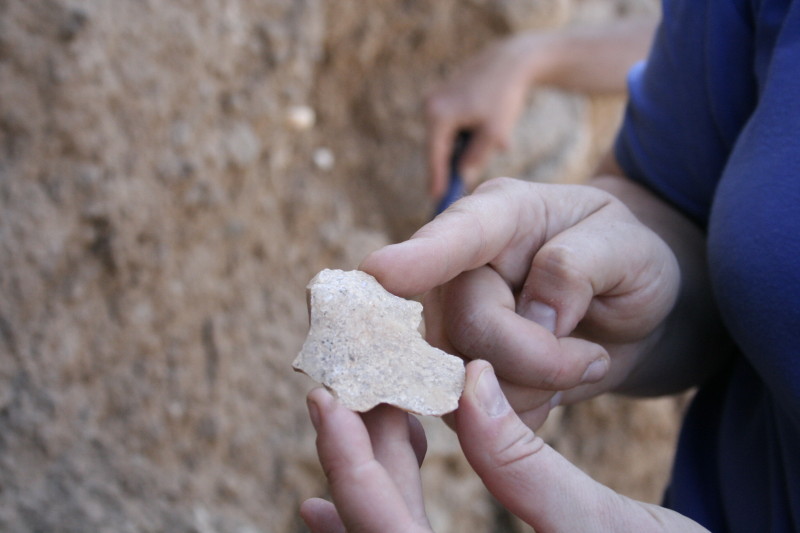
© University of Royal Holloway LondonStone tool approximately 1.2 million years old.
Scientists have discovered the oldest recorded stone tool ever to be found in Turkey,
revealing that humans passed through the gateway from Asia to Europe much earlier than previously thought, approximately 1.2 million years ago.According to research published in the journal
Quaternary Science Reviews, the chance find of a humanly-worked quartzite flake, in ancient deposits of the river Gediz, in western Turkey, provides a major new insight into when and how early humans dispersed out of Africa and Asia.
Researchers from Royal Holloway, University of London, together with an international team from the UK, Turkey and the Netherlands, used high-precision equipment to date the deposits of the ancient river meander, giving the first accurate time-frame for when humans occupied the area.

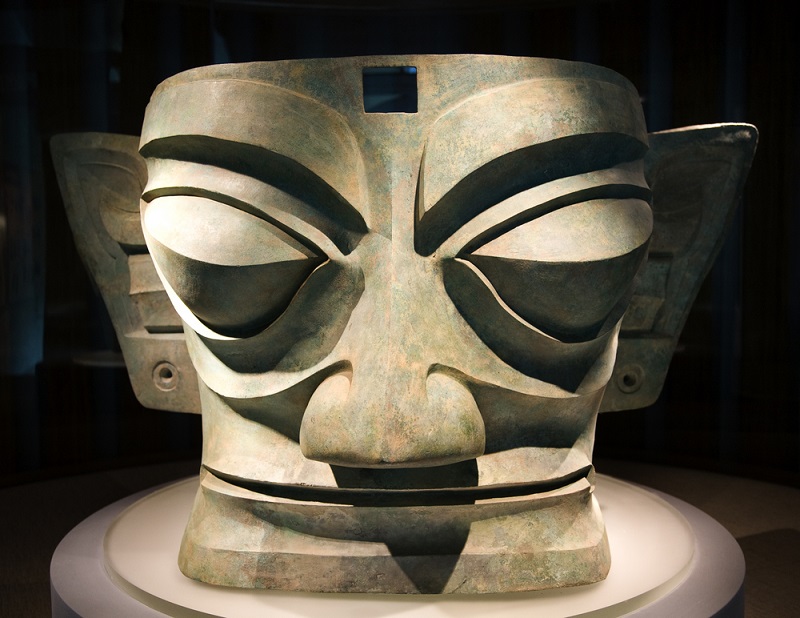
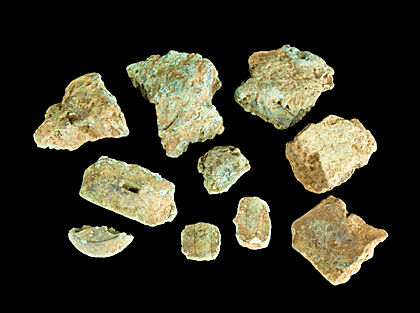
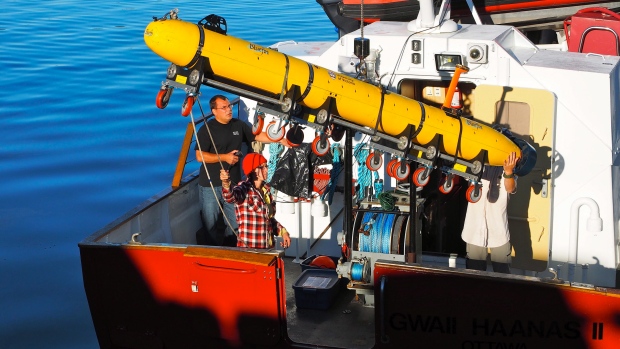
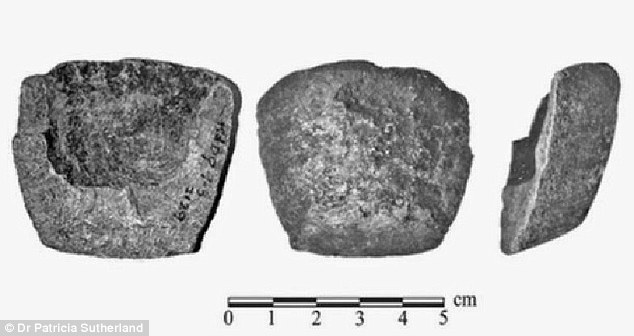
Comment: For more background info on this subject, we can recommend three books:
The Secret Team: The CIA and Its Allies in Control of the United States and the World by Fletcher Prouty
JFK: The CIA, Vietnam, and the Plot to Assassinate John F. Kennedy by Fletcher Prouty
JFK: The Assassination of America by Laura Knight-Jadczyk